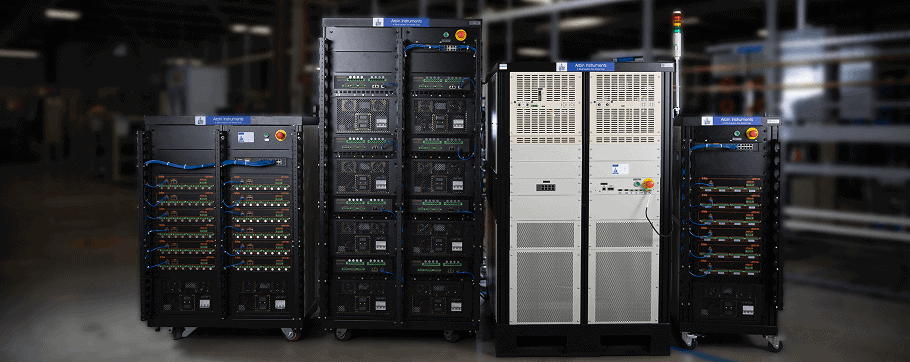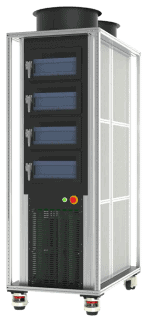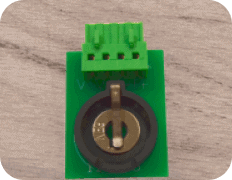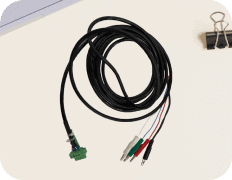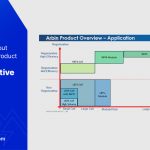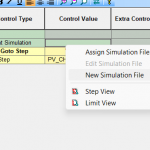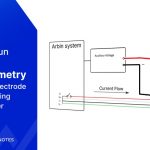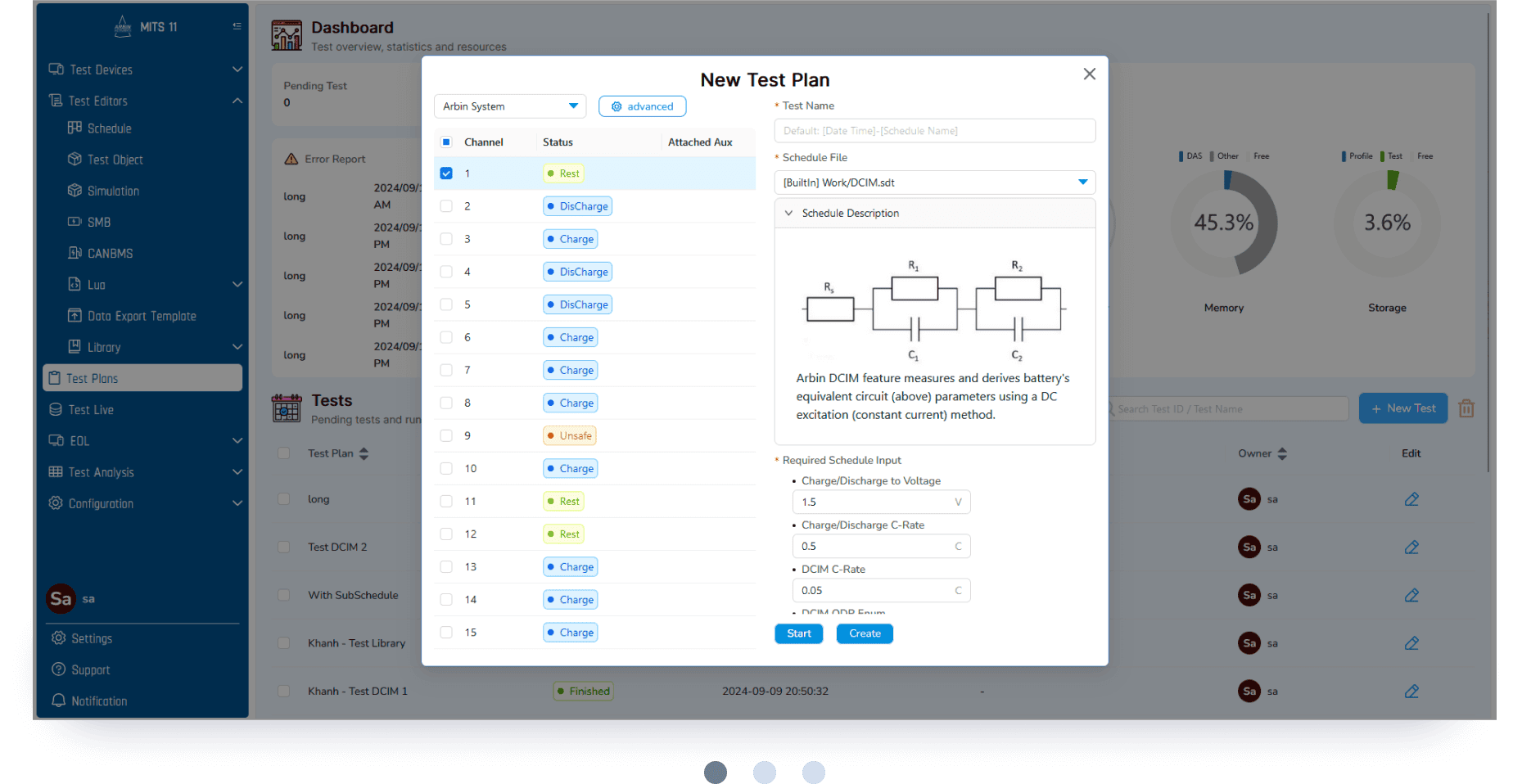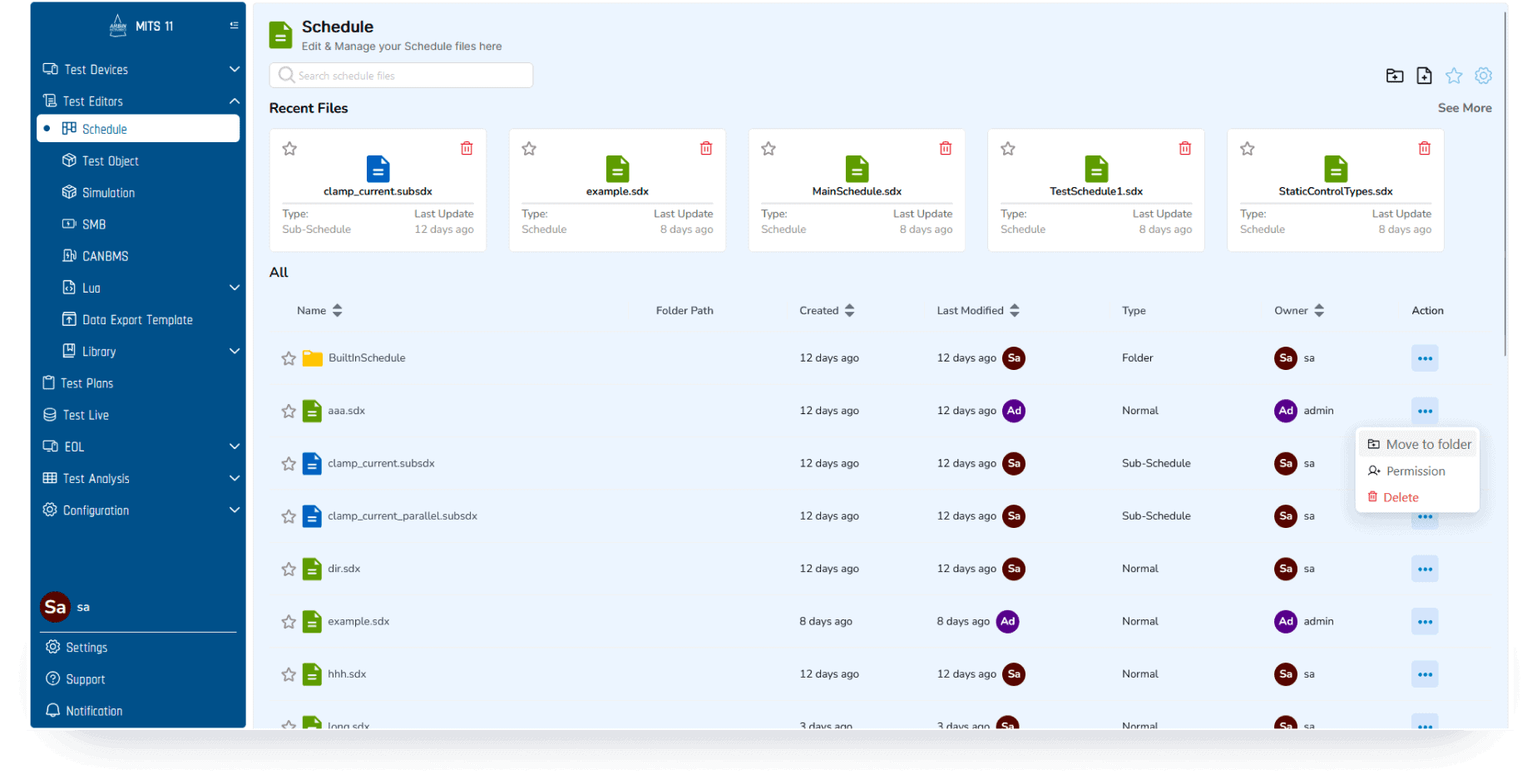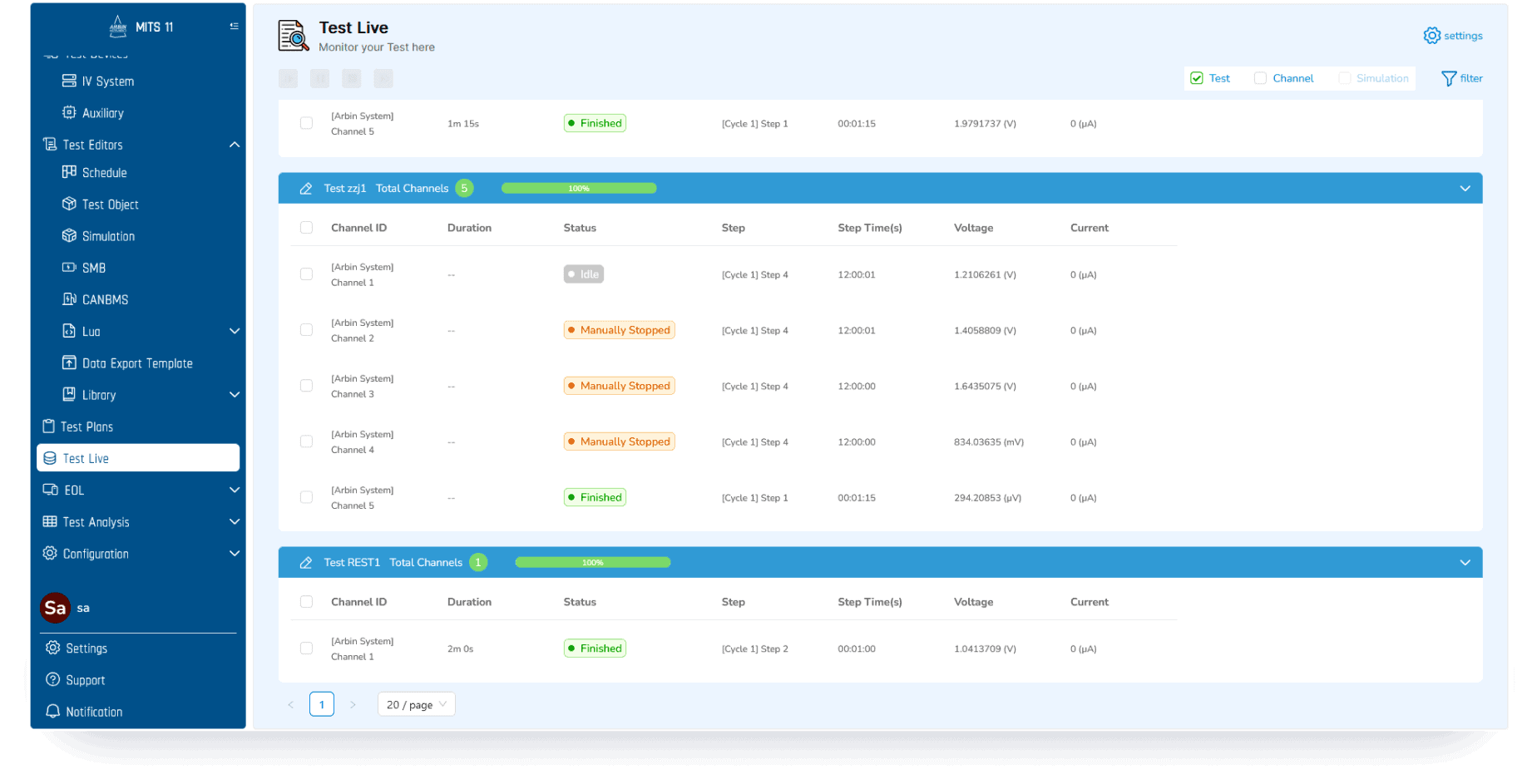개요
MITS 11
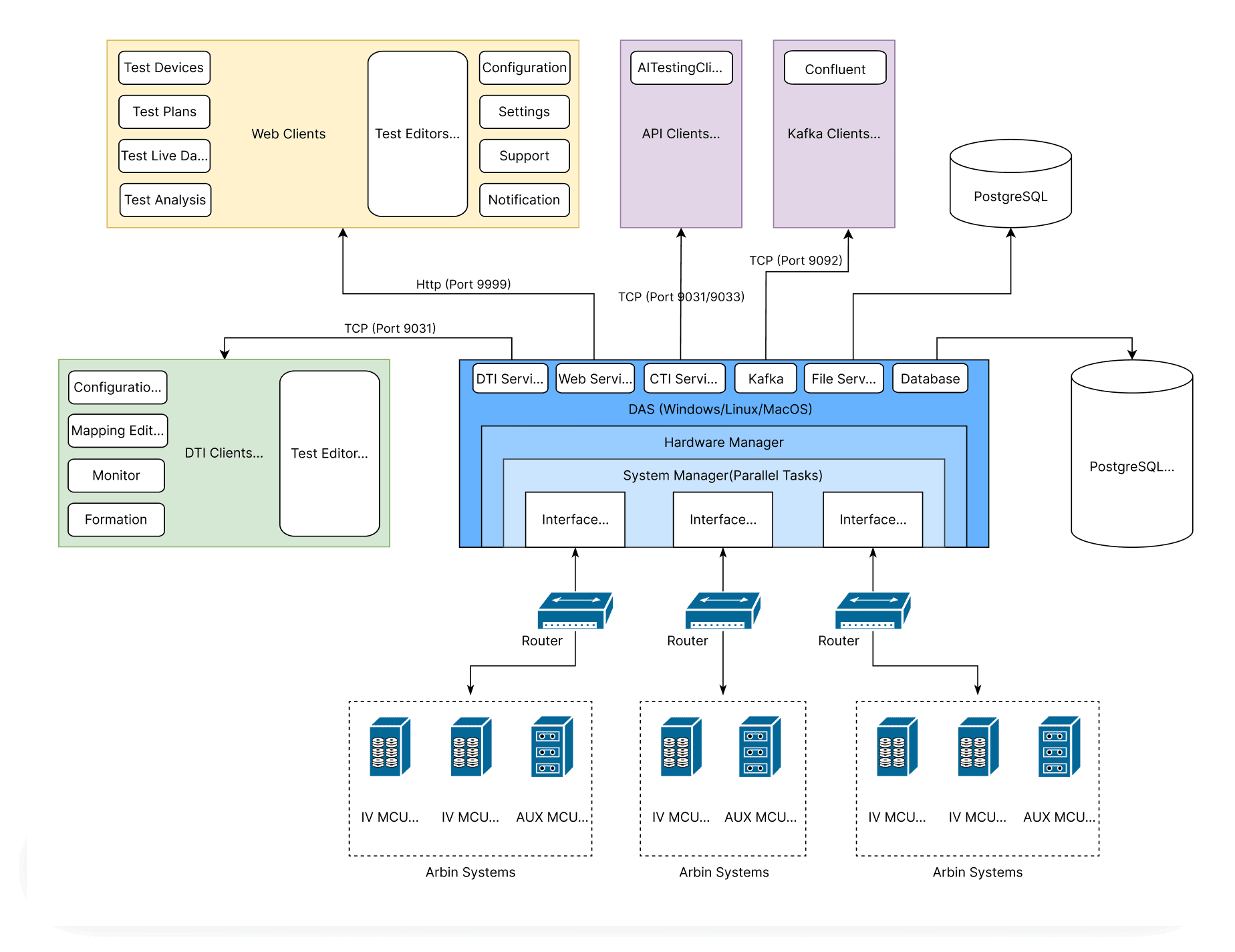
통합 제어 Control
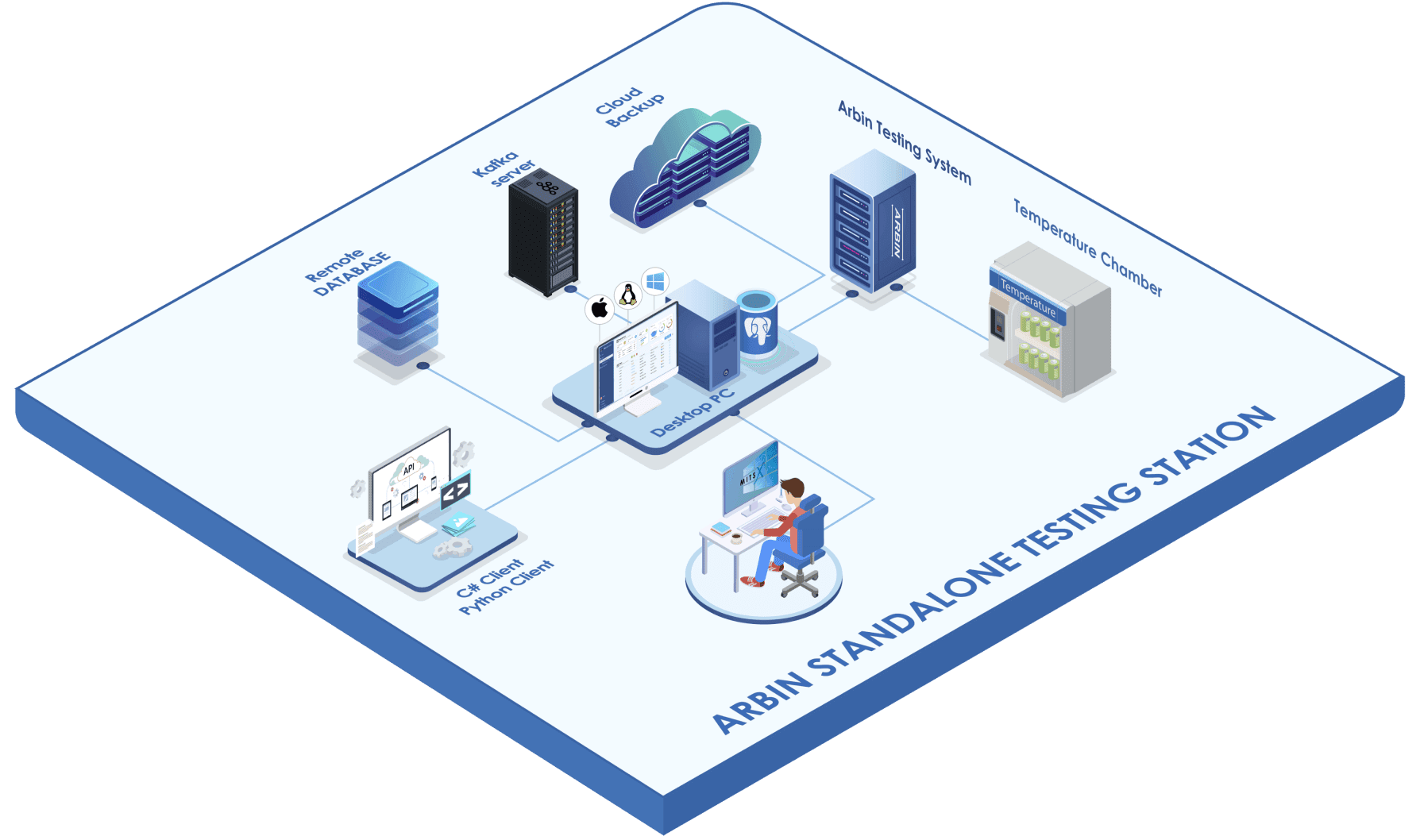
All-in-One App
Streamlined and User-Friendly Interface
MITS 11은 이제 현대적인 웹과 같은 인터페이스를 갖춘 사용자 친화적인 디자인을 특징으로 합니다. 메뉴는 테스트 프로세스의 단계에 맞게 구성되어 원활하고 직관적인 경험을 제공합니다.
이제 사용자는 명확하게 구조화된 메뉴를 따라 원활한 테스트 워크플로를 즐길 수 있습니다. 또한 반복적인 작업을 자동화하여 사용자의 시간을 절약할 수 있는 기본 제공 일정을 제공합니다.
Features like Test Plan 그리고 Live Monitoring 테스트 계획 (Test Plan) 및 라이브 모니터링 (Live Monitoring) 과 같은 기능도 포함되어 있어 사용자가 테스트를 더 잘 구성하고 관리할 수 있습니다.
Discover these features and more-explore MITS 11 today and experience the future of battery testing!
크로스 플랫폼 Compatibility

Advanced Battery Testing Features
EOL (End of Line)
A quality assurance test system developed by Arbin, offering streamlined standard quality checks for your batteries.
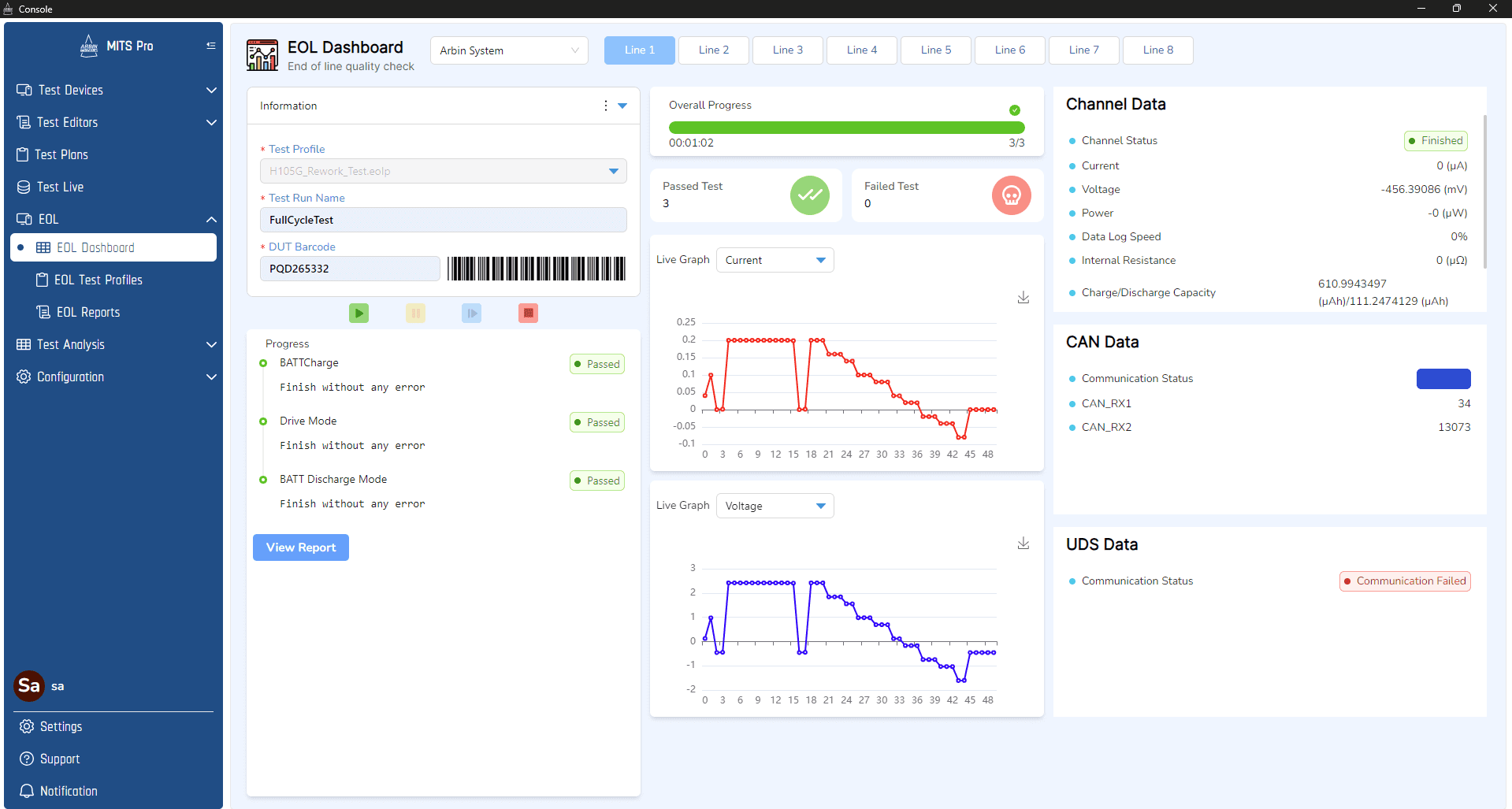
DCIM (Battery Simulation Functions)
Utilizing Arbin's latest algorithms, this feature provides deep insights into the battery's internal structure, offering additional data to enhance your testing process.
.png)
These are just a few examples of what MITS 11 offers.
Explore more advanced features in MITS 11
Enhanced Data 솔루션
We provide a variety of local and remote database options, including Microsoft SQL Server and PostgreSQL. To further ensure data security, MITS 11 supports cloud-based solutions such as Azure Cloud, Google Cloud, and AWS.
These databases serve as reliable backups, giving our customers peace of mind against data loss. For optimal data performance, MITS 11 integrates Kafka for processing and transferring data between hardware and software, leveraging the scalability and reliability of Apache Kafka on the cloud.
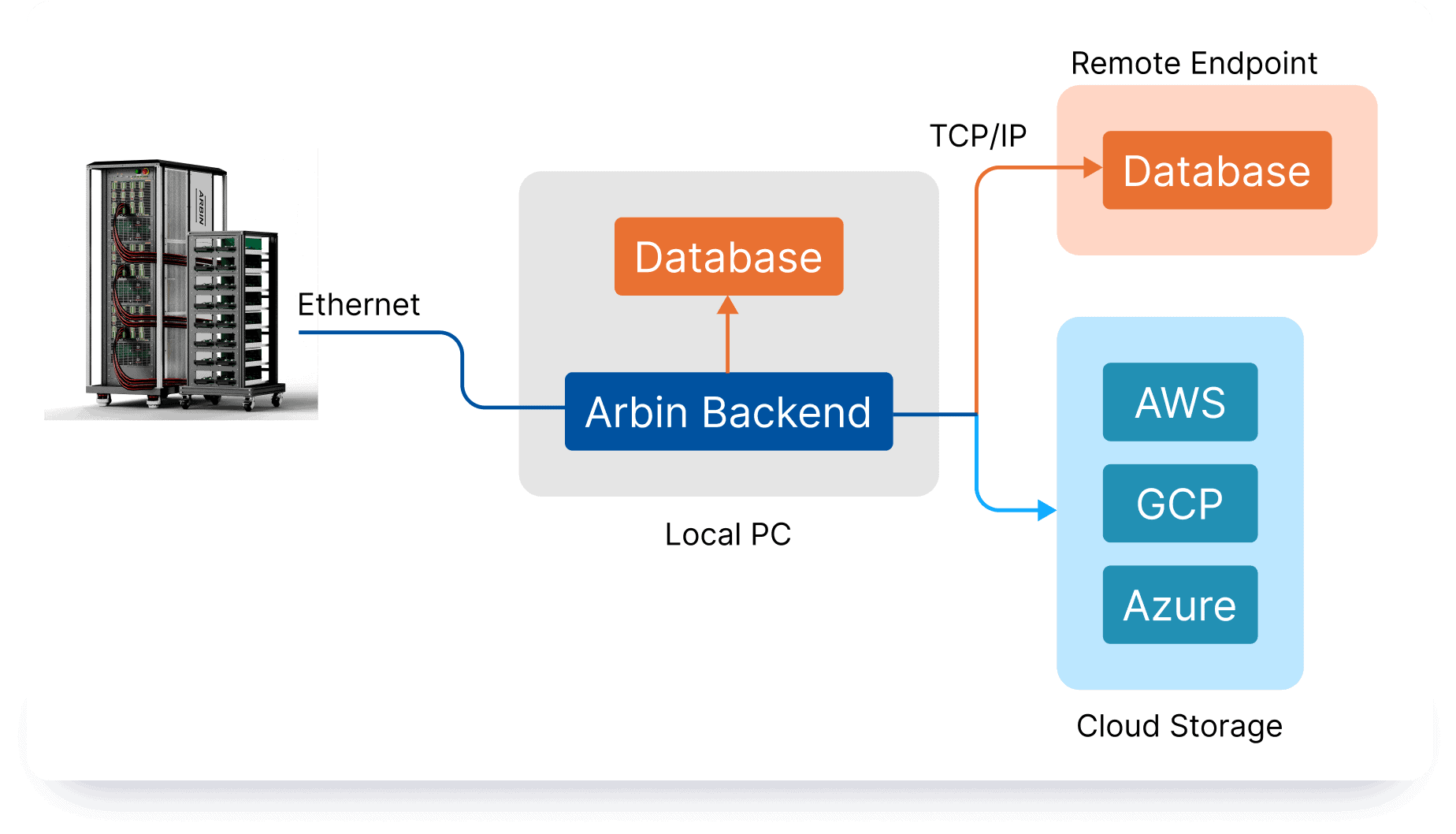
원활한 통합 via Robust API
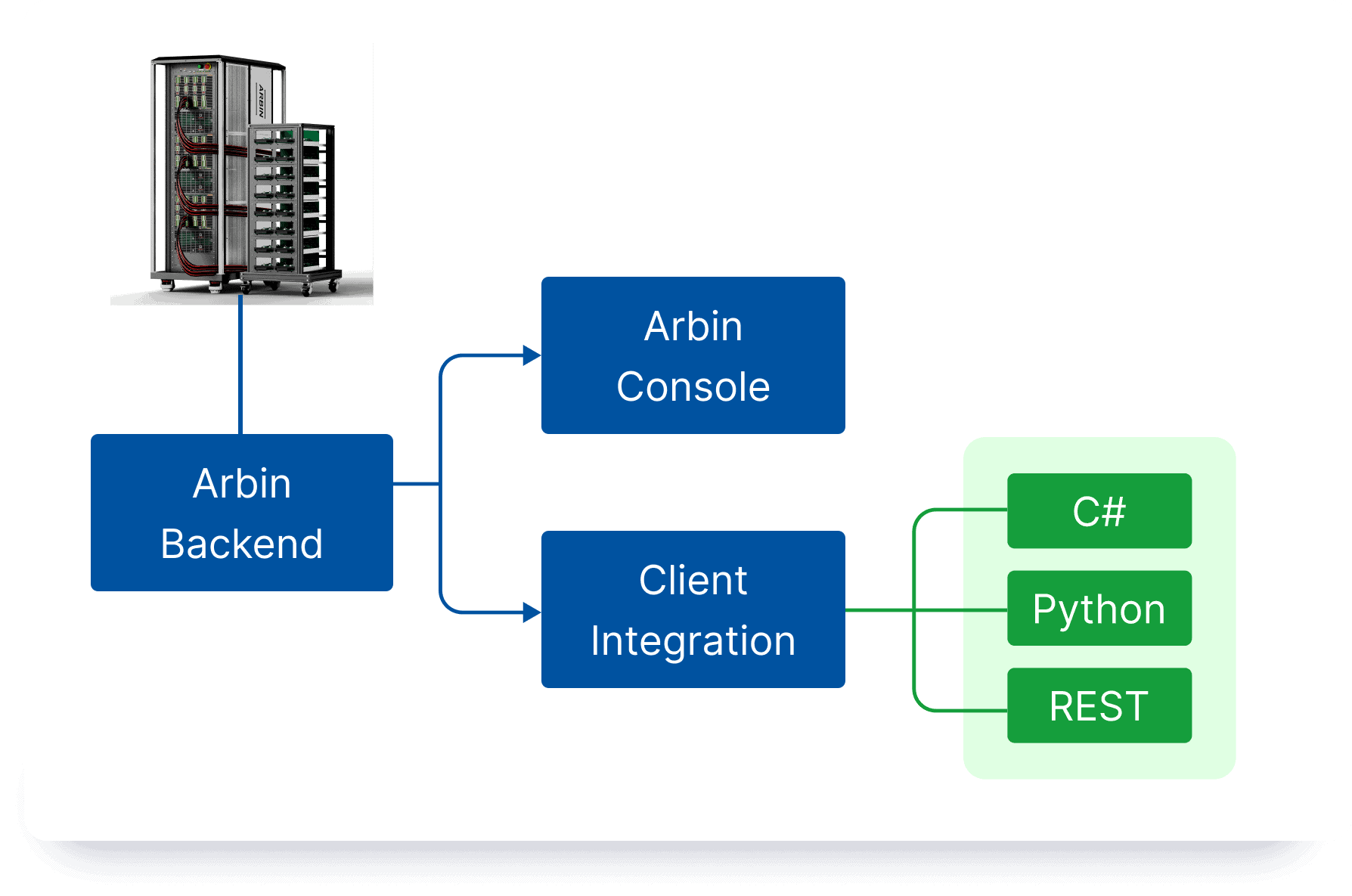
DAS 멀티 시스템 디자인 구조
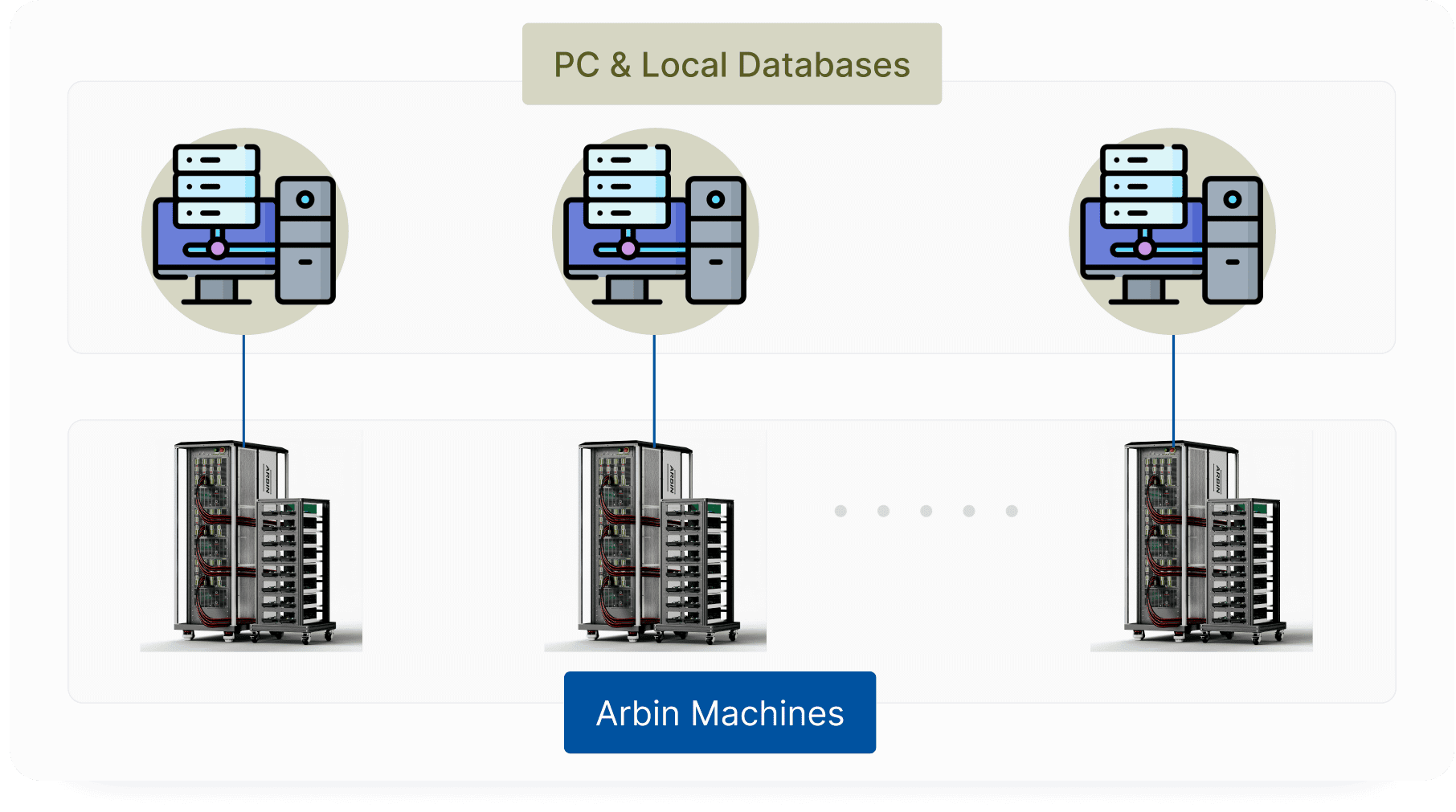
Previous Arbin System Solution
In our previous MITS system, we employed Windaq as the desktop controller, paired with an Arbin system. Typically, this setup involved a primary IV system, which might be connected to several auxiliary machines.
However, this architecture was inherently limited: each controller center (PC) could only communicate with and control a single Arbin system at any given time. This restriction was due to our system's reliance on recognizing each machine through a singular IP address.
While we explored solutions that allowed for multiple machine connections via an internet switch, these approaches were still burdened with significant limitations, including complexity, latency, and reduced flexibility. This led us to re-engineer our controller system to overcome these constraints and enable more sophisticated, multi-system control capabilities.
Our solution is the development of a new generation of Windaq software, which we have named DAS (Distributed Application Service). The key innovation in DAS is the creation of an additional software layer that manages parallel tasks. This layer facilitates the simultaneous control of multiple Arbin systems by leveraging individual interfaces that are isolated across different subnets (e.g., 196.168.1.x, 196.168.2.x).
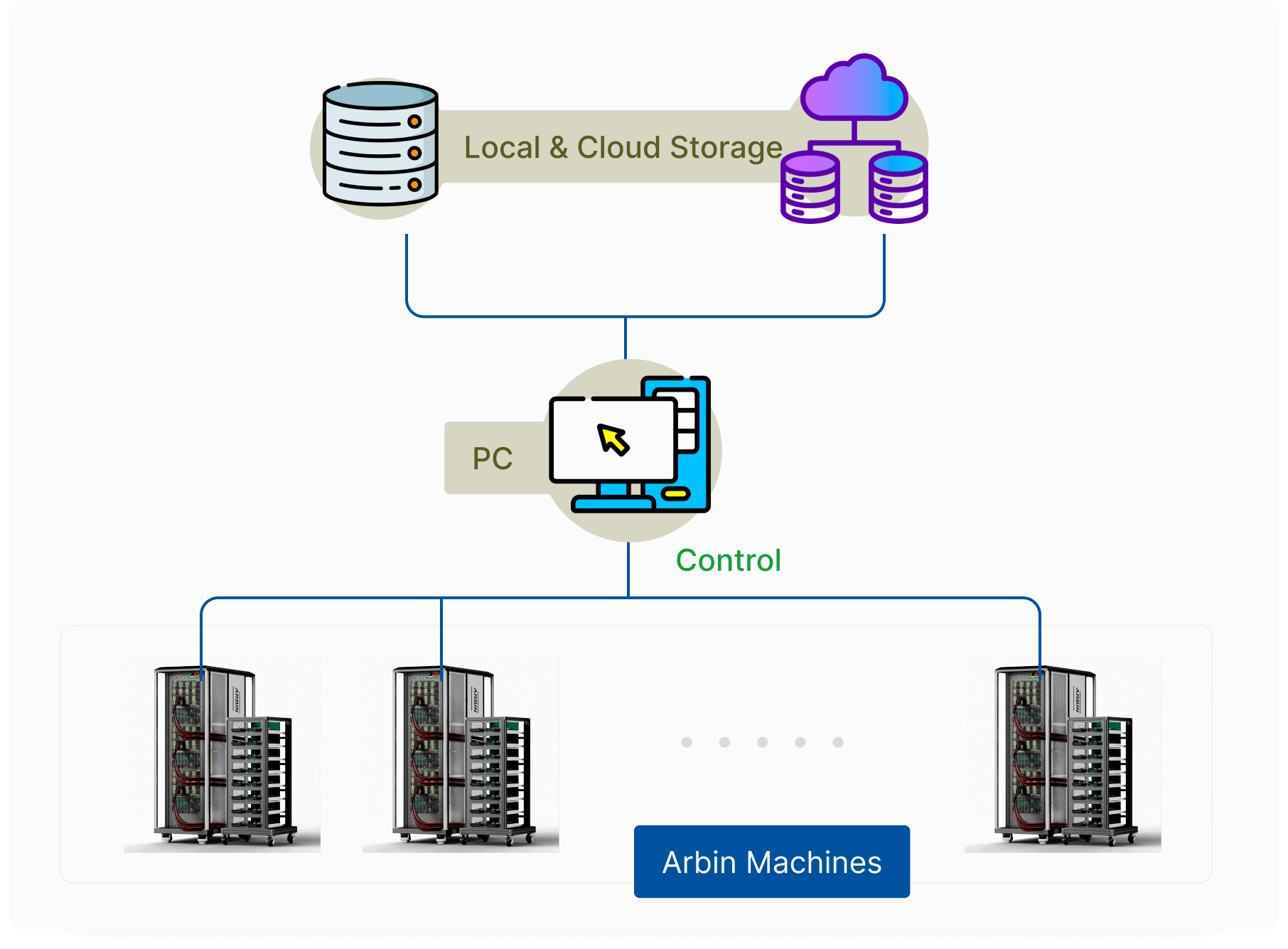
New DAS Solution
Key Benefits of the New DAS Architecture
멀티 시스템 제어
새로운 구조에서는 인터넷 스위치와 같은 추가 하드웨어 없이도 PC나 DAS 서버 등 단일 컨트롤러를 통해 여러 Arbin 장치를 제어할 수 있습니다. 이 간소화된 접근 방식은 시스템의 복잡성과 잠재적인 장애 지점을 줄여줍니다.
동시 명령 실행
DAS 아키텍처는 100밀리초 이내에 명령을 동시에 실행할 수 있습니다. 이러한 빠른 응답 시간은 지연으로 인해 데이터 무결성이나 테스트 결과가 손상될 수 있는 긴박한 테스트 환경에서 매우 중요합니다.
시스템 간 커뮤니케이션
DAS의 가장 중요한 발전 중 하나는 동기화된 제어를 위해 시스템 간 통신을 촉진하는 기능입니다. 즉, 이제 서로 다른 Arbin 시스템이 실시간으로 서로 통신하고 조정할 수 있어 이전에는 불가능했던 더 복잡한 테스트 시나리오를 구현할 수 있습니다.
향상된 시나리오 처리
새로운 DAS 구조는 복잡한 다중 시스템 테스트 시나리오를 관리하는 데 탁월합니다. 예를 들어, 이제 여러 IV 시스템에서 보조 기기를 원활하게 제어할 수 있습니다.
예를 들어 한 IV 채널은 연결된 보조 기기에서 출력되는 데이터를 캡처하는 데 집중하고 다른 IV 채널은 큰 전류 출력으로 해당 데이터에 동적으로 반응하는 것입니다. 이러한 시스템 간 반응형 제어는 테스트 효율성과 정밀도에 있어 중요한 진전입니다.
중앙 집중식 모니터링
이전 시스템에서는 중앙 집중식 모니터링을 통해 여러 시스템의 상태를 관찰할 수 있었지만, DAS는 이러한 시스템 전반에서 능동적이고 동기화된 제어를 가능하게 함으로써 한 단계 더 발전했습니다.
이를 통해 모든 시스템을 모니터링하는 데 그치지 않고 원하는 테스트 결과를 달성하기 위해 적극적으로 협력할 수 있습니다.
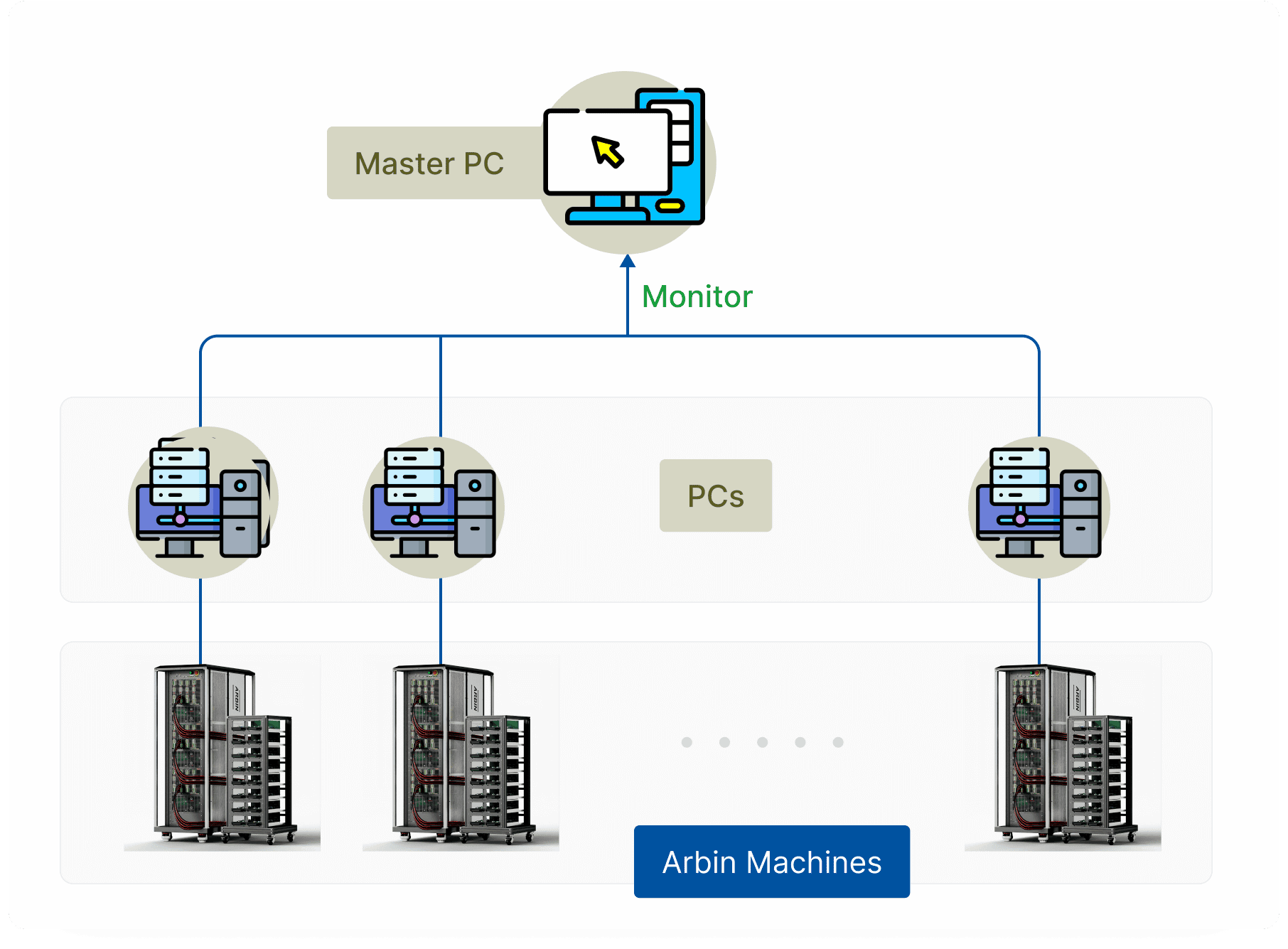
Previous centralized monitoring solution

